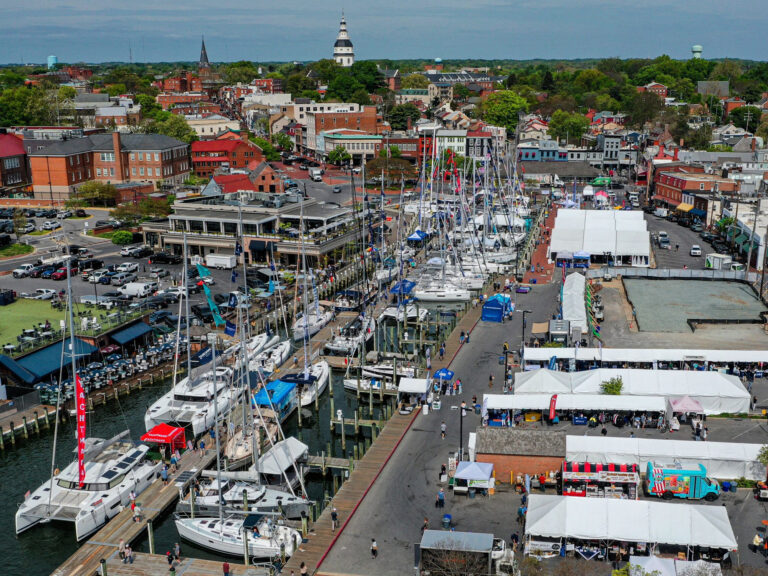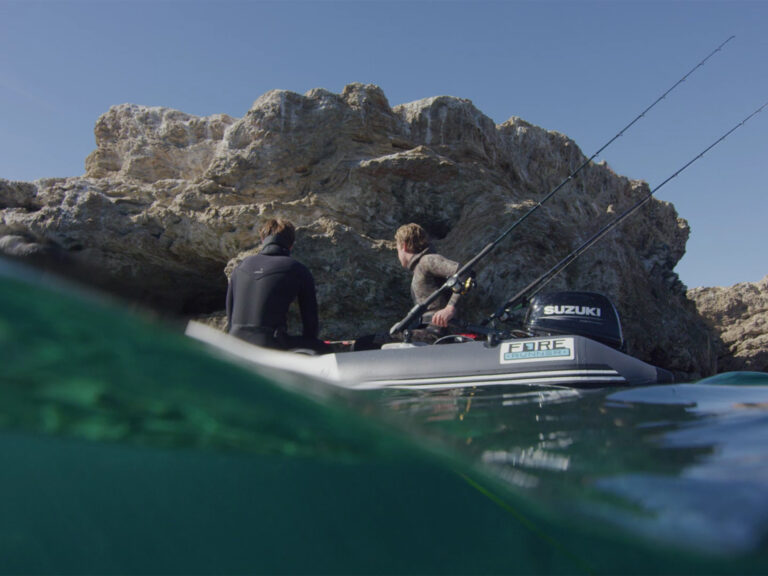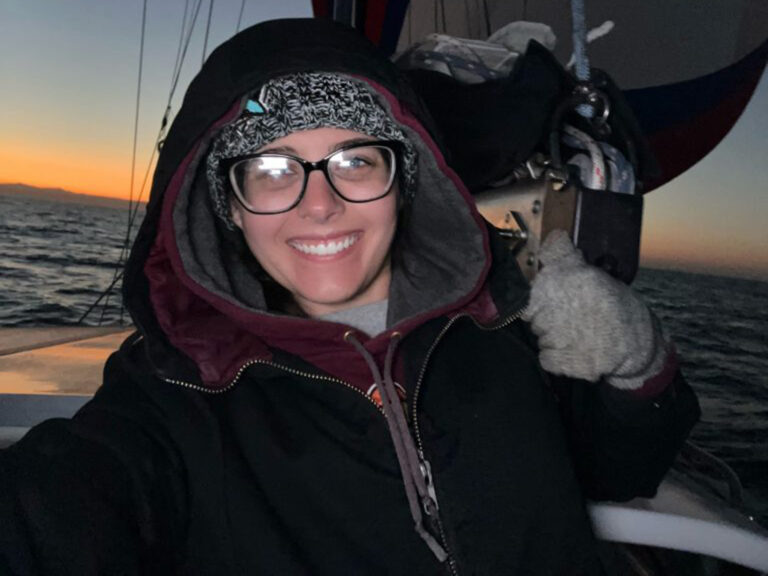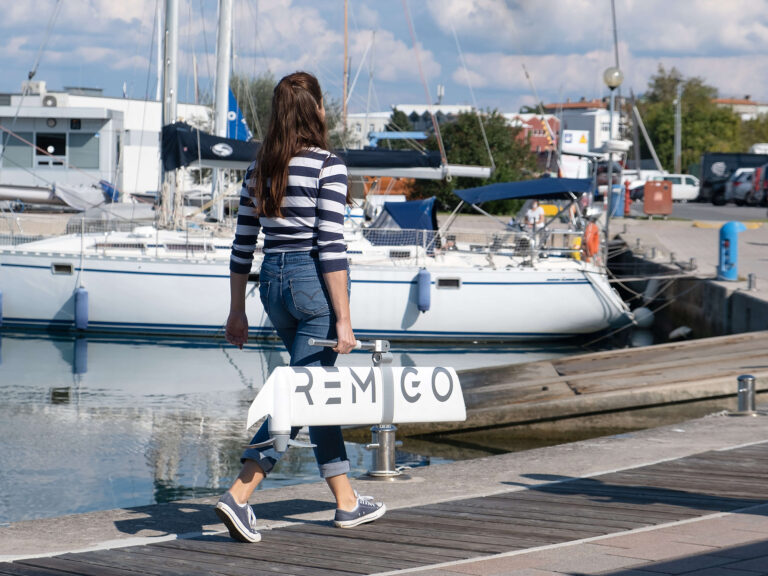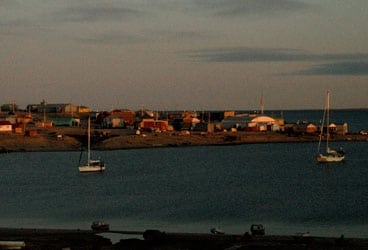
Norwegian explorer Roald Amundsen once called Gjoa Haven, the finest harbor in the world.
One of the coolest parts of sailing the Northwest Passage is following in the wake of the adventurers and explorers who passed this way before. Here aboard Ocean Watch, in the midst of our Around the Americas (www.aroundtheamericas.org) west-to-east transit of the historic waterway, we’ve got a library full of books about the bygone times. It’s one thing to read about such disasters as the fateful, deadly Franklin expedition-that’s one we’re trying hard not to emulate-and quite another to sail past Terror Bay, named for one of Sir John Franklin’s ships, HMS Terror. In retrospect, it seems a rather poor choice of handles indeed.
Along those lines, one of the more memorable stops on our journey thus far has been at the tiny Inuit village of Gjoa Haven, the only settlement on King William Island in the Canadian territory of Nunavut. The great Norwegian sailor Roald Amundsen once called the harbor at Gjoa Haven “the finest harbor in the world.” While that’s certainly open to debate, it’s easy to understand his fondness for the place. Amundsen was the first man to successfully negotiate the Northwest Passage, in an epic journey that lasted from 1903 until 1906, and he spent two winters at Gjoa Haven lodged in the ice while conducting research on the magnetic north pole. Not coincidentally, the town is named after Amundsen’s rugged, specially built 70-foot sloop, the stout and able Gjoa (pronounced JO-ah).
As is our bad habit, we pulled into Gjoa Haven in the wee hours of a dark night. Happily, the harbor has a fairly wide and straightforward entrance. Still, it was tricky piloting. I was on the bow readying the ground tackle on the final approach, so I didn’t realize our two chart plotters showed us driving down “main street,” such as it is, until after the hook was safely down.
“We got in here the same way Amundsen did,” said our navigator, Dave Logan. “By the seat of the pants.”
Like every Arctic Inuit hamlet, Gjoa Haven was a dusty amalgamation of stilted homes, dirt roads, and dilapidated snow machines at every turn. But it was also very busy while we were there. A pair of cruise ships filled with German tourists and a Canadian icebreaker were anchored just outside the harbor, and we shared the protected inner anchorage with two other sailboats en route through the Northwest Passage, the Canadian vessel Silent Sound and the French boat Baloum-Gwen. The locals said they’d never seen the likes of such activity before.
Very surprisingly, one of our crew also met Amundsen’s granddaughter. The winters were apparently long back in the early 1900s, and his legacy continues in ways that the explorer probably never imagined.
Before leaving, we hiked up the tiny ridge overlooking the small harbor. Aboard Ocean Watch, we have a book showing Amundsen’s Gjoa nestled in the taut, protected bay; when we looked down on the bay from the ridge top, there we were, a century later, anchored in the very same spot. Nothing about our voyage this summer has been particularly easy, but in the low Arctic twilight, gazing upon those lasting waters, the entire bloody exercise seemed well worth the trouble.




